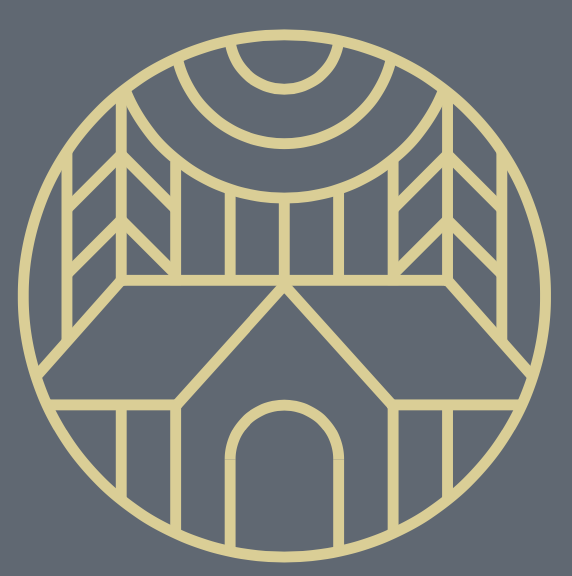Salavador Dali: The Ouroboros
The Ouroboros, the serpent which devours its own tail, is the most ancient symbol of alchemy. It is also called the "paradoxical serpent" and represents the circular process of the alchemist's work. Because the Latin word draco means both "serpent" and "dragon," the Ouroboros is sometimes interpreted as a dragon, as depicted in the gallery below. Outside of alchemy, the symbol was also used to indicate eternity. Dalí, who was obsessed with time and eternity, was likely attracted to the symbol for this secondary meaning also.
Dalí's Ouroboros is more naturalistic than his other prints in Alchimie des Philosophes, and its features are similar to an eel or sea serpent. It is cut in many pieces, though the head biting the tail remains one piece. The Ouroboros maintains its circular shape, though the oozing pieces of the serpent interrupt its sense of eternity. The decaying pieces also represent the alchemical stage of putrefaction, when the alchemical matter decomposes. The pieces are arranged around a large, circular gem. Each facet of the jewel contains a different symbol, including keys and ants. Dalí frequently used ants as symbols of decay and temporality. In this sense, the ants are fitting in their placements around the dead Ouroboros, a symbol of eternity now subjected to the effects of time. The center features an interlocking Yin and Yang. However, the shapes seem intentionally ambiguous, and also resemble slabs of meat similar to the pieces of the serpent. Like the other prints, The Ouroboros is decorated with semiprecious jewels, in this case three purple ones.

